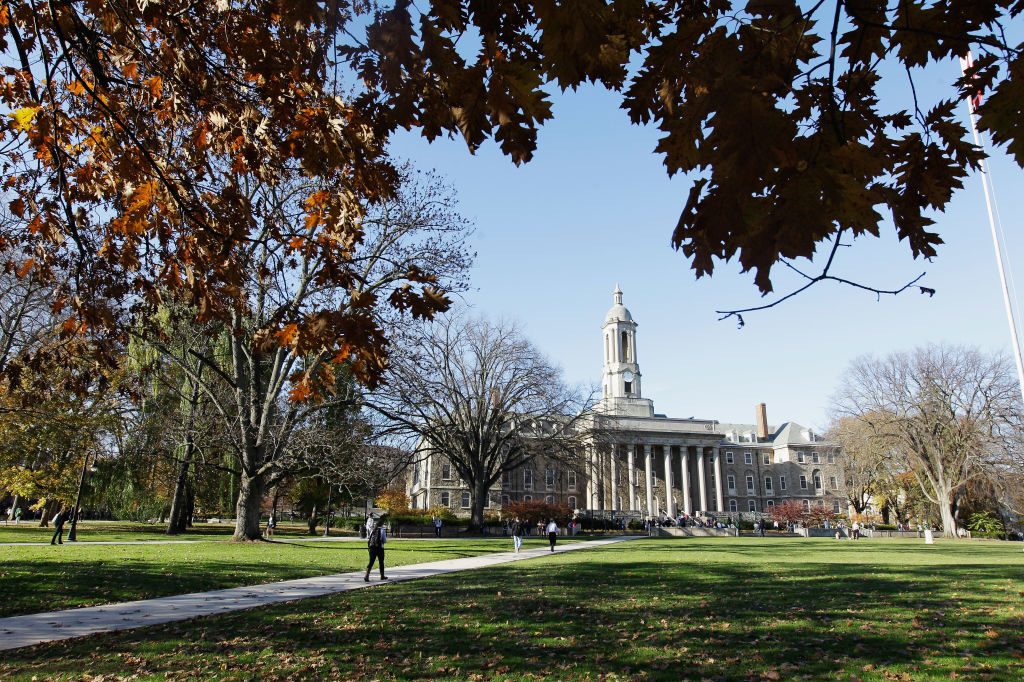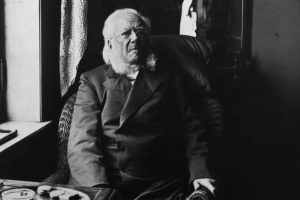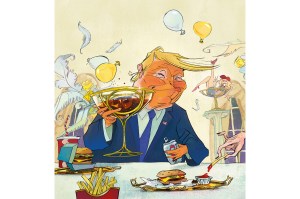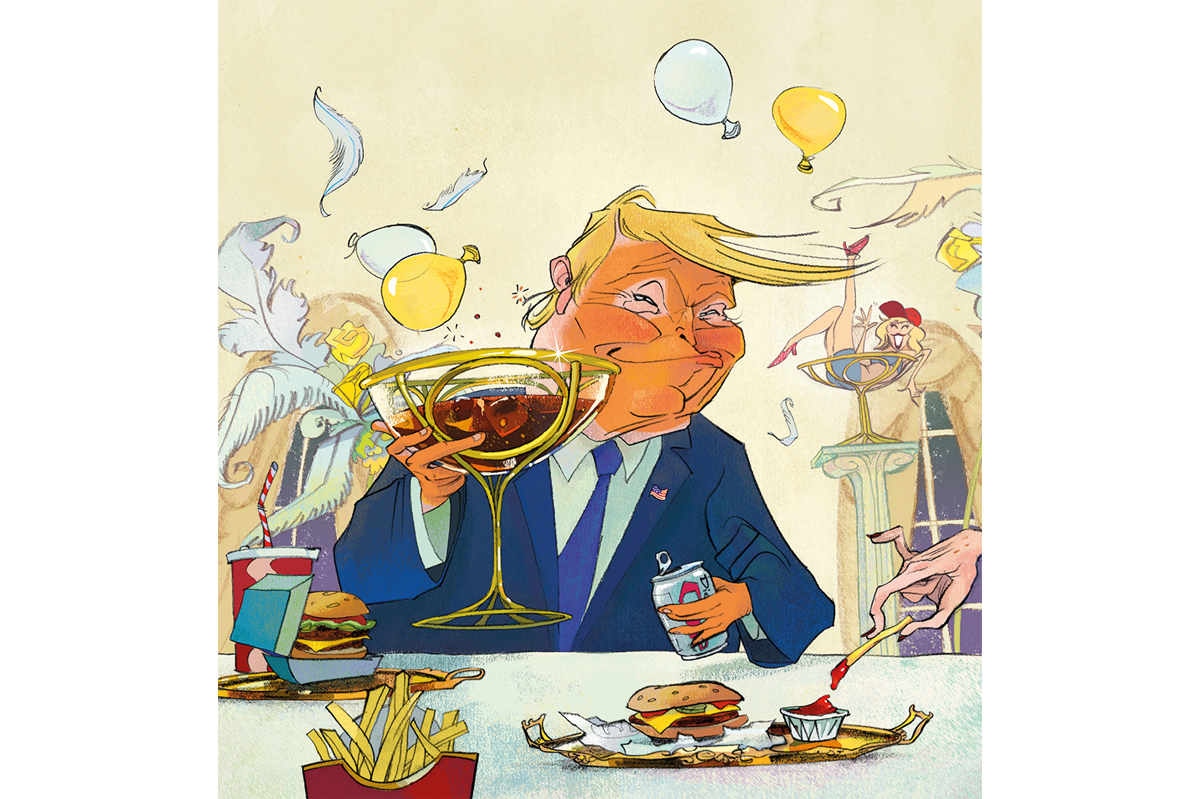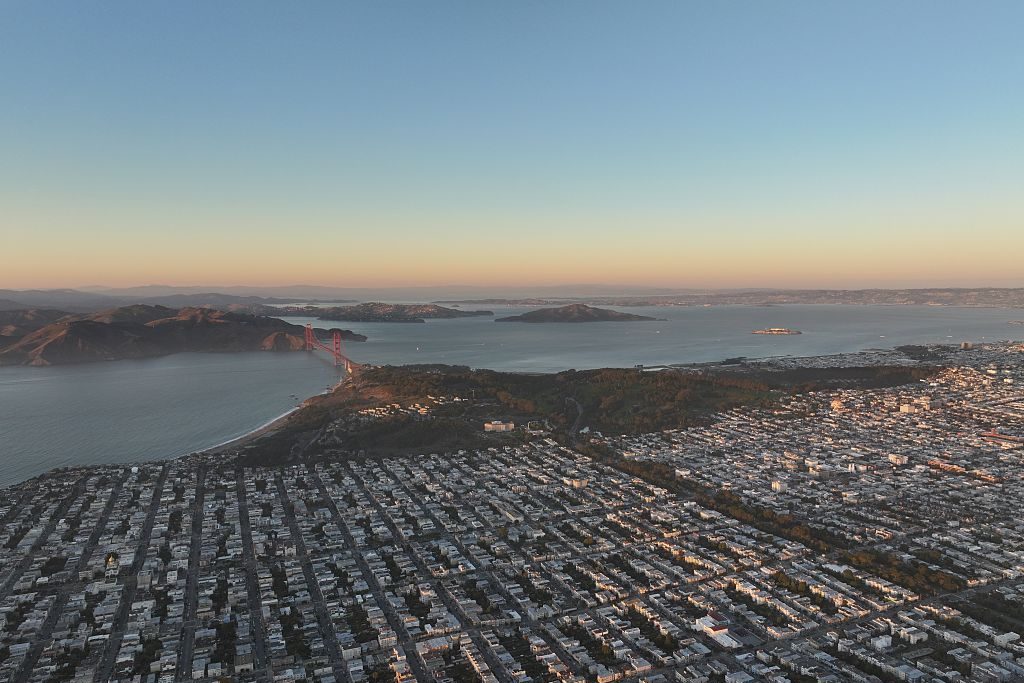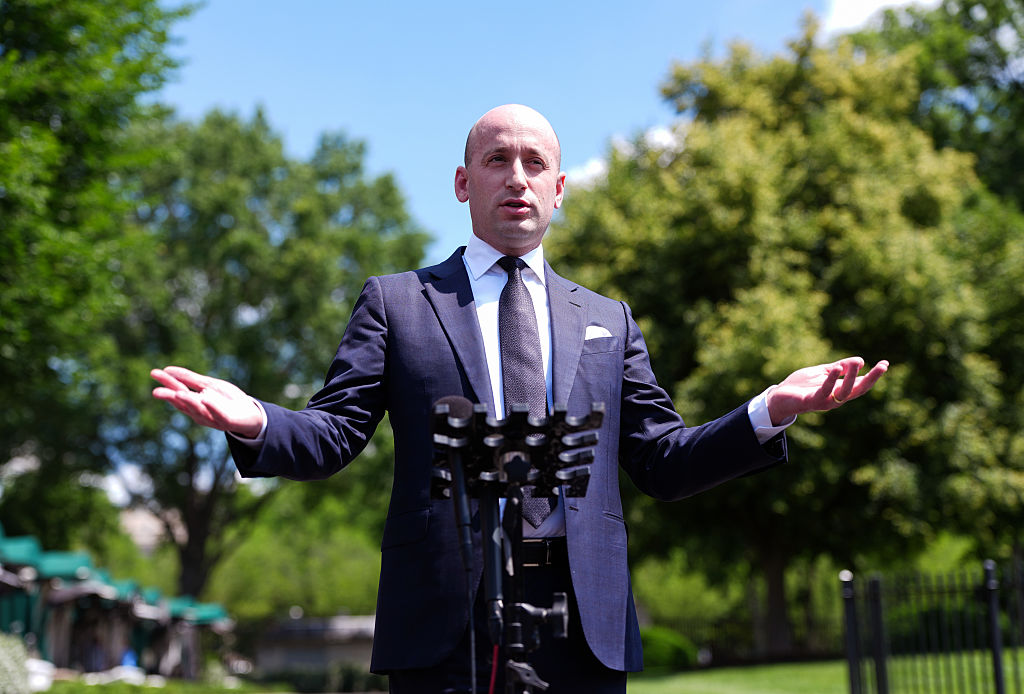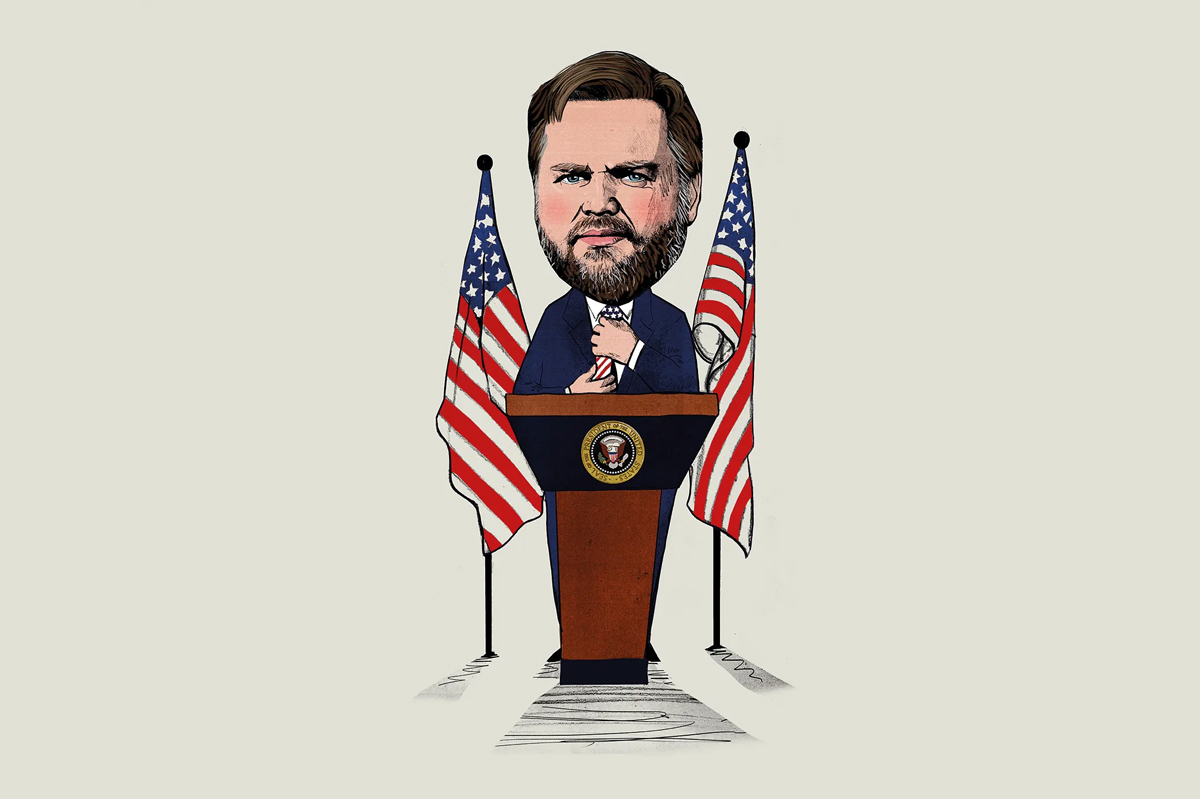College towns are “decimating the GOP,” reported Politico in July, the reason being, in part, that “more college students and more faculty tend to be a recipe for more Democratic votes.”
The college-town blues are a phenomenon with which I’m quite familiar. I live in Philipsburg, an old lumber and coal-mining town about twenty-five miles from State College, home to Pennsylvania State University. Though we’re in the same county, “the mountain” separates us physically, and as for politics… well, at last month’s Rush Township supervisors meeting, an old-timer floated the idea of seceding from Centre County (his main concern being that Centre County requires emissions testing on vehicles, and neighboring red counties don’t). The township solicitor told the man that this concept had been tried some twenty years ago, but it would take an act of the state legislature to change the county boundaries, and “they don’t give a rat’s hindquarter about this part of the world.”
So for the last twenty years, at least, my town has felt like the ideological ugly stepsister of Centre County, with State College liberals dominating our elections. If you look at a recent voting map of Pennsylvania, you’ll see the cities — Erie, Harrisburg, Philadelphia and Pittsburgh — going blue as expected, but also a lone blue island smackdab in the rural Centre.
State College really does feel like a different world. The “Don’t blame me, I voted for Trump!” flags seen further afield are replaced by lawn signs declaring, “We believe black lives matter, no human is illegal, love is love, women’s rights are human rights, science is real, water is life, injustice anywhere is a threat to justice everywhere.” Dirty, rumbly work trucks with “Sucks Gas & Hauls Ass” stickers trade places with silent, mid-size hybrid SUVs with decals cataloging the driver’s visits to trendy ski towns.
Both my parents graduated from Penn State. My father was a professor there and my mother, his student (they swear it wasn’t scandalous in the 1970s). During their pre-children years, they enjoyed frequenting the bars and restaurants of what was a tweedy, wholesome, All-American little college town. Having visited downtown State College recently, though, my dad vowed he’d never return. A development boom has been underway over the last few years, and mixed-use high-rises continue to sprout up, closing in and darkening the once-quaint downtown.
Town character aside, Politico notes these building trends denote a different kind of character flaw: “an influx of left-leaning, highly educated newcomers, drawn to growing, cutting-edge industries advanced by university research or the vibrant quality of life.”
“In state after state,” Politico reports, “fast-growing, traditionally liberal college counties… are flexing their muscles, generating higher turnout and ever greater Democratic margins. They’ve already played a pivotal role in turning several red states blue — and they could play an equally decisive role in key swing states next year.”
I used to be grateful that State College, which would be nothing — not even in name! — without Penn State, existed for the amenities it provides. It’s nice to have some culture, top-notch doctors, high-end grocery stores that sell ethnic specialty foods — and goodness knows I’m a sucker for a $5 Fair Trade latte. As a college kid myself, I enjoyed visiting friends at Penn State and bar-hopping downtown and tailgating football games. But anymore (to use a regional term), I dread having to go to State College, and my Philipsburg friends tend to feel the same way. The crosswalks are painted as prideful rainbows. The lampposts flaunt flags letting passersby know “Latinx students belong here.” Smug professors clog the aisles of Trader Joe’s with their carts while they take their time (and yours) inspecting the origins of the Everything but the Bagel Seasoned Smoked Salmon.
Every time I survive a stressed-out trip to “State,” as we call it, I come home annoyed and grateful to live somewhere so unpretentious. I also wonder: do college towns attract liberals or beget them, and why is academia so rife with lefties?
As my father was one of them (an academic, not a lib) for many years, I asked him. His theory is that to make a name for yourself as a professor, you’re expected to discover something new, and unless you’re making breakthroughs in a lab, all the best ideas have already been thought of and expressed. So to get published, earn tenure, and so forth, academics must contradict truth and invent ideas that are “innovative,” even if they’re flat-out wrong. This theory would explain the number of false narratives peddled by so many college profs and the Democratic Party itself. (In 2020, Democratic professors outnumbered Republicans nine to one at top colleges.)
Whether college towns draw or create left-wing radicals is up for debate, but as I witness the charm of downtown State College disappear at the exact rate of the influx of young, remote workers and progressive-minded retirees looking for a safe, artsy, social scene to call home, I’m prone to believe college towns are a magnet for Democrats. After all, poisonous policies ruining an idyllic place isn’t such a new idea, is it? But then again, neither is secession.
This article was originally published in The Spectator’s September 2023 World edition.



